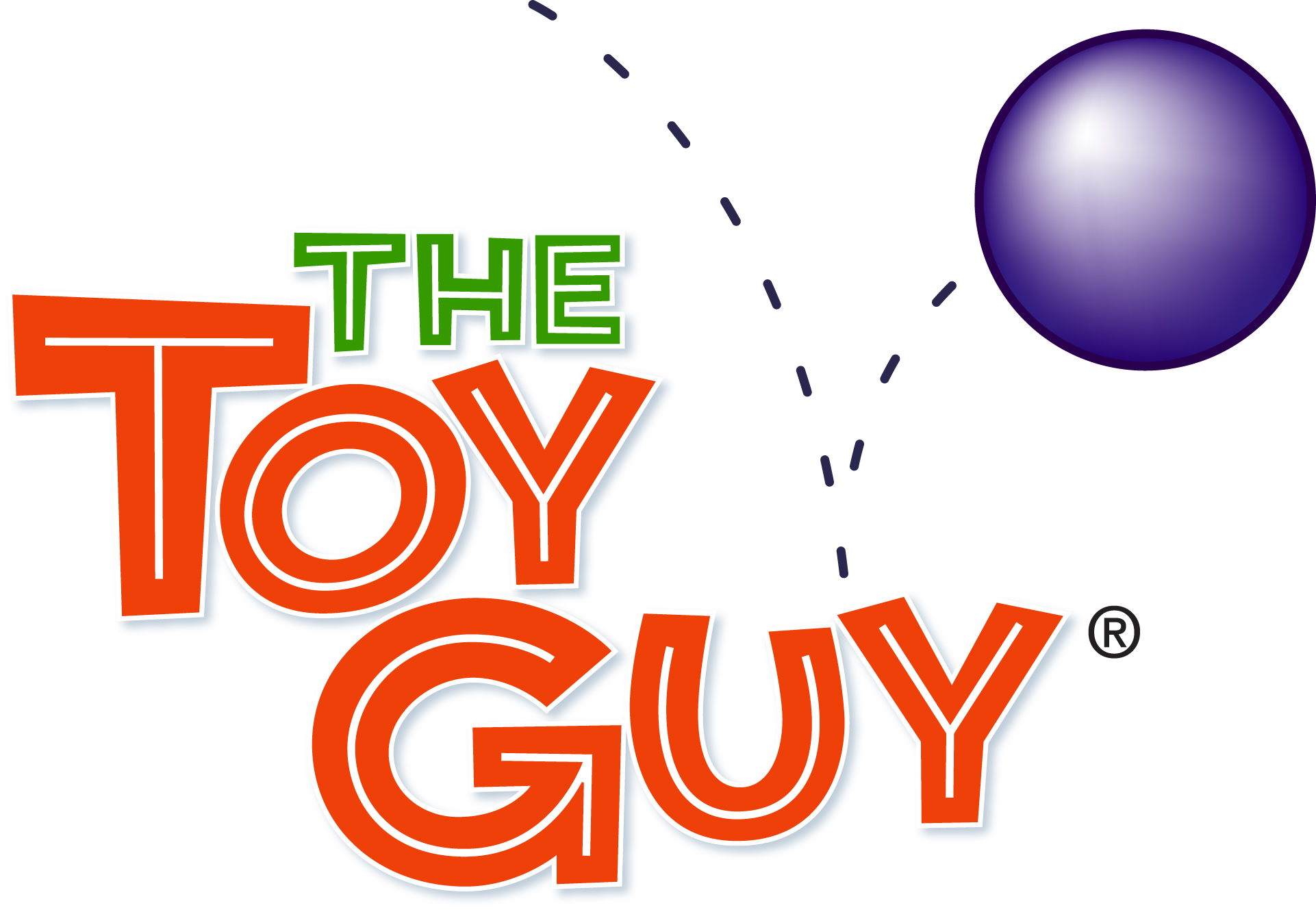There’s a lot of talk about gender and toys going on these days.That’s not surprising, it’s a hot topic in the culture, and as we always say, the toy industry always reflects the culture at large. True to conversations around any “not button” topic these days, some of the talk is substantive, and some of it is just noise on social media. But it’s an issue that’s not going away, and that every parent and family needs to grapple with.
We’re not going to comment on the larger social issues here but only as it relates to toys and play for kids. The bottom line is this, if you’re a parent or caregiver: let kids play with what interests them. Period.
I had my beloved Matchbox cars. My friends had their Barbies. We played separately. We played together. Sometimes we played Barbies, and sometimes we played with my cars. And sometimes we rode bikes and played baseball or made up myriad games. We knew we were boys and girls, but it wasn’t something we focused on, certainly around 6 or 7. I grew up in a neighborhood overrun with kids, and we mostly played together. There is some research that suggests that this is healthy for kids, but for us it was a matter of who was outside and wanted to play.
The irony of talking about gender in toys, particularly with respect to young kids, is that this is a high concept that they simply can’t understand. Kids only begin to realize they have a gender, and that not all kids are alike, at around age 4. And boys and girls play differently. They just do. That’s our nature as mammals. As adults, we have to be very careful about imposing complicated concepts on developing minds; it’s confusing. In other words, let the kids play and explore.
The good news about the current conversations is that retailers, manufacturers and teachers are less likely to proscribe a toy for one gender or the other. It is far less prescriptive than it used to be. The manual for the original Erector Set opened with the catchy phrase: “Hey, Boys!” You’re not going to see that any more. You are, however, going to see toys in pink because people buy toys in pink. If they’re not for you, leave them on the shelf. No toy company is trying to tell you how to raise your child. Really, they just want to sell stuff, and if it doesn’t sell, it won’t be made no matter how much media noise is generated.
Parents want to raise kids consistent with their views and values. And toymakers want to give you toys to facilitate that. As noted above, the toy industry reflects the culture; it doesn’t lead it. But when it comes down to it, it’s not the toy being sold that reflects your values, it’s the toys you buy and the conversations you have with your kids around those toys. It’s not the piece of plastic or lump of metal that is going to shape a child’s gender awareness and expression. That comes from a combination of the individual child and the attitudes expressed and modelled in the home, peer groups (from kindergarten on) and the culture at large. In a diverse and polarized culture, it can be tough when so many different values systems seem to operate concurrently, but most kids are so self-focused at a young age (This is good; it’s their job at this age to figure out who they are.) that it’s their peers and parents who influence them most, not social media rants they don’t see.
Gender is only one of the many things about themselves and their worlds that kids are exploring in early play. What a 4-year-old is exploring today does not predict or foreshadow the rest of a life. I know it can be easy to forget when a boy is being a fairy princess, and it makes people who are, but I’m also happy to say that more and more parents I talk to are okay with their discomfort in such a situation and simply let the child play.
A child’s gender identity and gender expression are going to be what they’re going to be anyway. Allowing free play and exploration gives children the freedom to discover their true selves. It’s part of kids beginning to understand and make sense of themselves in the context of their culture, and just as they try on different personas in play based on characters from entertainment or their own stories, gender at play, particularly in preschoolers, is just another outlet for imaginative exploration.


Can you inform me what platform are you making use of on this
internet site?
Word press
Have you ever had troubles with your hosting? I’m open for suggestions
as my webhost is awful right now.
Working in Flywheel. So far so good.
I discovered your website from Google as well as I have to say it was a great find.
Many thanks!
Hi there! Such a wonderful article, thanks!
Thanks for such an interesting post, it’s offered me a lot to
consider.
I arbitrarily came across your website, and particularly loved this post.
Looking forward to reading more.